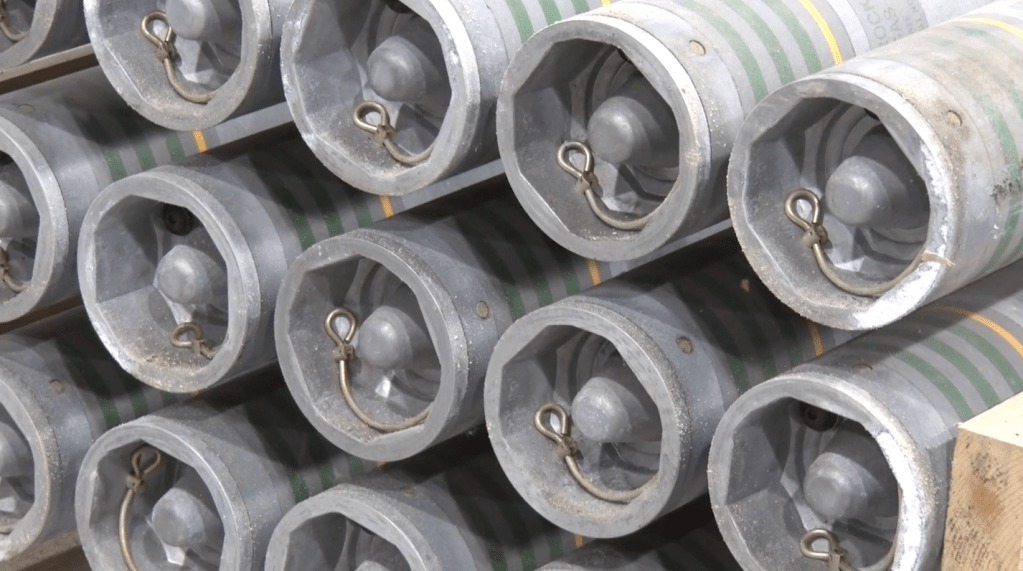It’s the end of an era for American weapons, an era that began more than a hundred years ago during World War I. The Great War was often remembered by historians as a “Chemist’s War” because the belligerents went to great lengths to develop and deploy increasingly deadly chemical weapons.
After 73 years of planning and preparing for chemical warfare, the United States adopted the Chemical Weapons Convention in 1990, signed on in 1993 and began enforcing it in 1997. Yet, it had been destroying its chemical stockpile since 1985. The decades-long effort was finally completed in July 2023 when the last VX nerve round was destroyed in Kentucky.
Although the German Army was the first to effectively use chemical weapons in combat when it released chlorine gas at Ypres in April 1915, the United States wasn’t far behind. The U.S. Army Gas Service Section was formed in 1917, creating chemicals like chlorine, mustard, and phosgene gasses and the shells used to deliver them in combat. Despite producing the shells, they were never used.
That didn’t stop the United States from being prepared to use chemical weapons. In fact, the U.S. went on to create increasingly deadly chemicals for use in warfare. Between World War I and World War II, the Army created mortar rounds and airplane-dropped bombs that could deliver chemical agents like mustard or phosgene. By the time the U.S. entered World War II, it could field multiple chemical mortar battalions, equip artillery units with chemical shells, and drop 500-pound chemical bombs from the air.
Luckily, President Franklin Roosevelt enacted a strict no first use policy during the war, and since neither Nazi Germany nor Imperial Japan used such weapons in combat, the U.S. didn’t use its stockpile, either. The fact that chemical agents weren’t used during the Second World War didn’t dissuade Cold War planners from building and maintaining an enormous stockpile after the war. It even began to make the gasses deadlier.

The deadliest of the nerve agents were originally developed in Germany, but the United States created delivery weapons that far surpassed anything the Nazis had created during the war. Gasses like Tabun, Sarin, and VX were all thoroughly researched and developed by German scientists and corporations, but the U.S. began making artillery shells, bombs, and eventually rockets that could deliver deadly payloads.
In the 1980s, the U.S. began to modernize its chemical warfare systems. This modernization led to bilateral agreements with the Soviet Union to dispose of chemical stockpiles, and eventually a worldwide ban on chemical weapons, signed by 180 countries. In 1985, the Army opened the Johnson Atoll Chemical Agent Disposal System to destroy VX and and Sarin stockpiles. In 1990, laws passed by Congress forced the destruction of all chemical weapons at eight installations. By 2003, when Johnson Atoll was closed, the U.S. had destroyed 400,000 chemical rockets, projectiles, bombs, mortars, ton containers, and mines.
The final installation to carry deadly chemical weapons was the Blue Grass Army Depot in Kentucky. On July 7, 2023, the Army destroyed its last M-55 rocket filled with Sarin nerve agent. The other remaining base was in Pueblo, Colorado, which destroyed its last chemical weapon in June 2023. The destruction of the M-55 rocket fulfills the U.S. obligation to eliminate its remaining chemical weapons under the international Chemical Weapons Convention, which now has 193 signatories.

